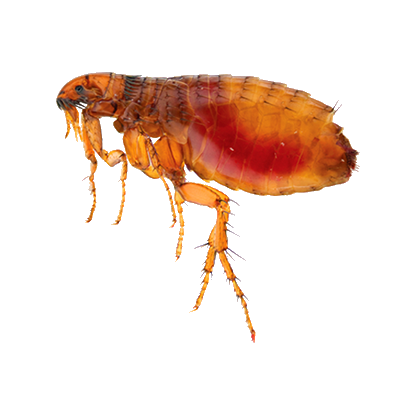Flea Control
Few pests cause as much distress in a household as fleas. Not only do they affect your pets, they will make a meal of you and your children by causing uncomfortable skin irritations.
Small, brown and able to jump incredible distances, fleas are highly irritating and not something you want to share with visitors and colleagues. Fleas cause skin irritation to most people they bite, but some people may not react to the bite and so will be unaware of the problem. For people who do react, flea bites are very itchy and the effects can last for weeks.
How to identify a flea problem
Most people will realise they have a problem when they, or a family member, are bitten.
How to get rid of fleas
Fleas are easily preventable and are commonly brought into homes and offices by pets, or unknowing pet owners. One of the best methods for flea prevention and control are ‘spot-on’ treatments available from veterinarians and supermarkets. These permeate the animal’s skin and gets into the blood stream, quickly poisoning the fleas. This needs regular reapplication.
Good hygiene is essential and regular vacuuming of areas that pets frequent and the edges of rooms will help to remove the eggs and any larvae. Washing pet bedding at high temperatures will also kill off any stray eggs and larvae.
Flea infestations can be treated, but the source must be treated too or they’ll be back. Fleas can complete their life-cycle from egg to larvae, pupae and then adult in less than one month during the Summer.
Cleankill's flea control services can help with the removal of fleas from both domestic and commercial premises. This will usually involve more than one treatment, depending on the scale of the infestation, to eliminate newly emerged flea adults before they can lay more eggs.
Contact us today for more information and advice about flea control services >
Fun facts about fleas
- Fleas can jump the equivalent distance of a person jumping over a football field.
- Caterpillars aren’t the only ones to spin cocoons. Flea larvae pupate in a silken cocoon on the ground before turning into a real pest!
- Fleas on average jump about 8 inches high, which is 150 times their own height. If you could do this, you'd be able to leap over skyscrapers!
- The champion jumper is the cat flea. It has been known to leap to a height of 34cm - subjecting itself to over 150 g's!
